Hampton Bay Moreland 5-Light Traditional Oil-Rubbed Bronze Hanging Wagon Wheel Candlestick Chandelier
Functional yet trendy pendant great for entertaining rooms. Can work with a standard wall dimmer. Easy and quick to install with all hardware included.
Featured is a 5-Light Oil Rubbed Bronze Chandelier, ideal for a wide variety of spaces and decor. This is a functional and stylish light fixture which will provide plenty of bright and even illumination in living rooms, bedrooms, foyers and wherever your imagination leads you. Easy to maintain and easy to install, pair with similar pieces for a custom and noteworthy look.
- Trendy vintage decor style
- Uses five 60-Watt incandescent light bulbs (not included)
- Energy savings, can use LED or CFL equivalent light bulbs
- Compatible with a standard wall dimmer
- Installation hardware included
- UL listed for quality and safety
- Easy assembly instructions included for quick setup
- Coordinates with other light fixtures available at The Home Depot for a complete lighting theme throughout your home
Additional information
| Chain Length (in.) | 73.9 |
|---|---|
| Fixture Depth (in.) | 24.1 |
| Fixture Height (in.) | 22.8 |
| Fixture Weight (lb.) | 10 |
| Fixture Width (in.) | 24.1 |
| Maximum Hanging Length (in.) | 96.75 |
| Mounting Deck Height (in.) | 0.94 |
| Mounting Deck Width (in.) | 5 |
| Certifications and Listings | UL Listed |
| Manufacturer Warranty | 5 Years Warranty |

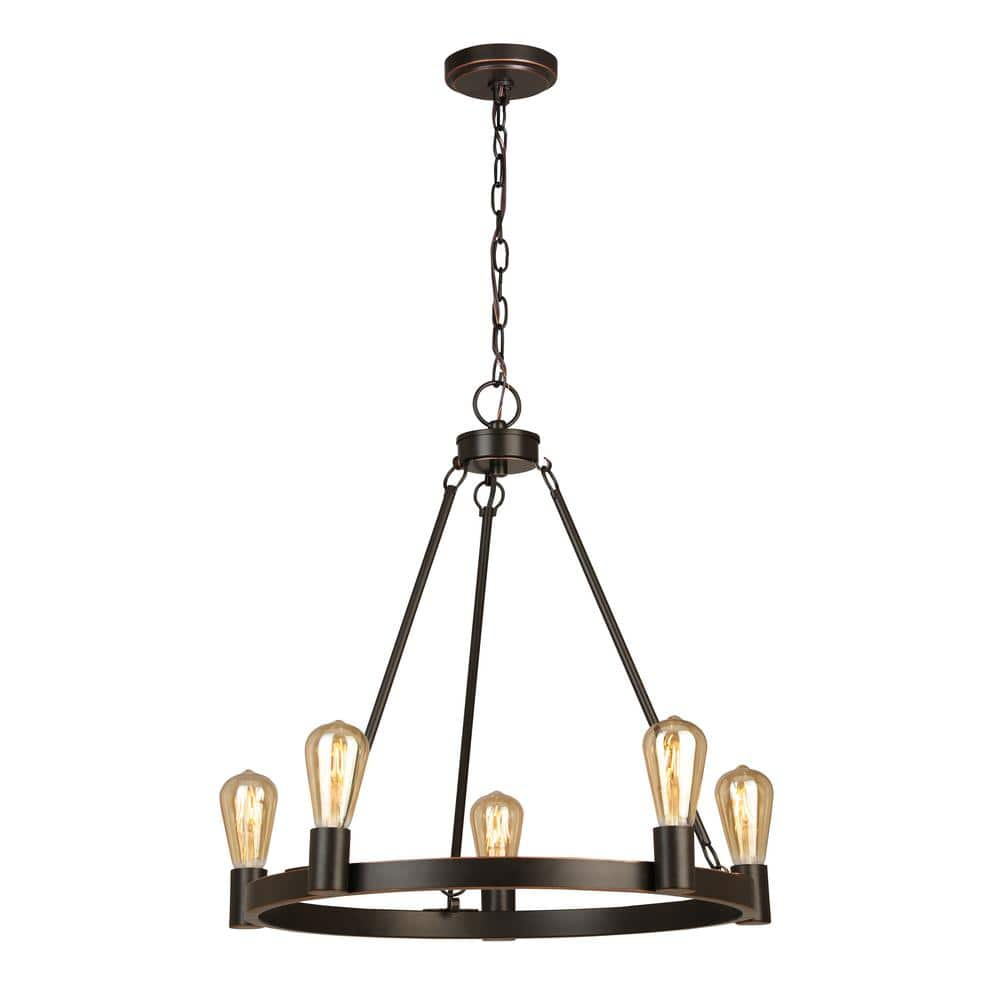
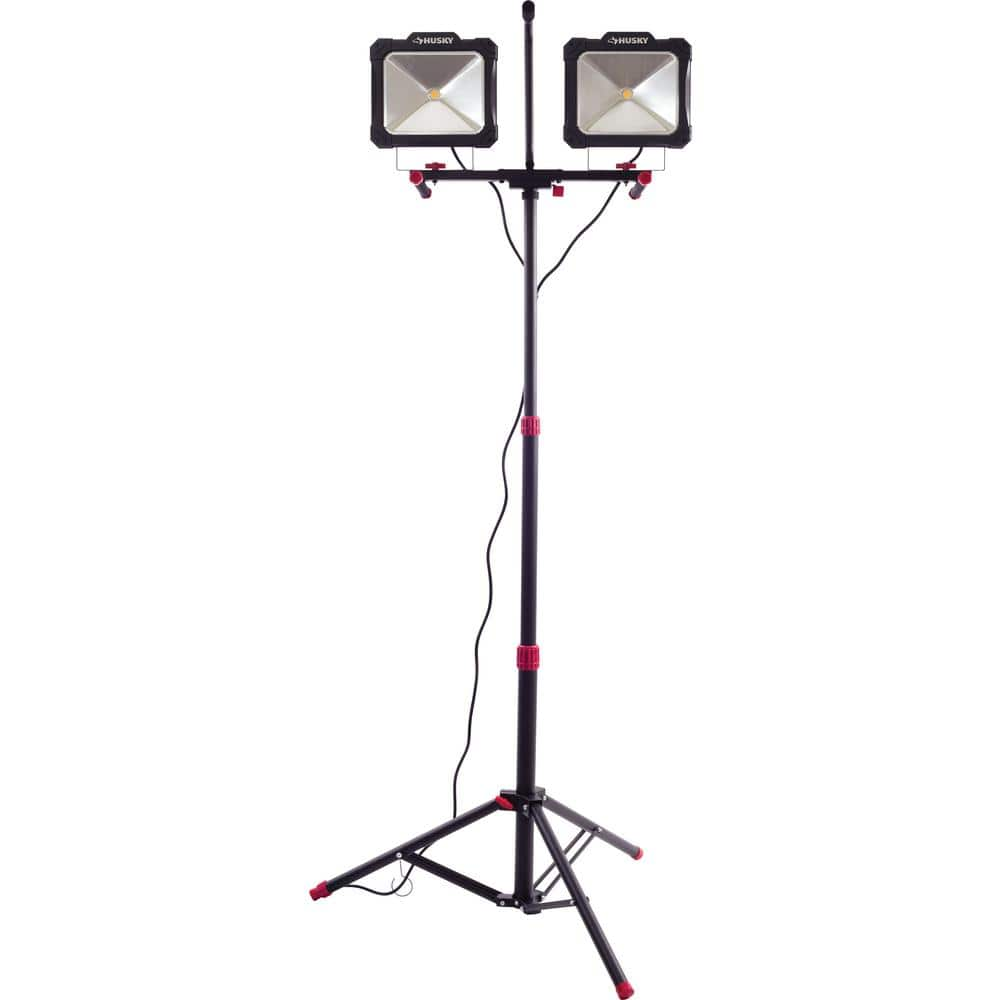
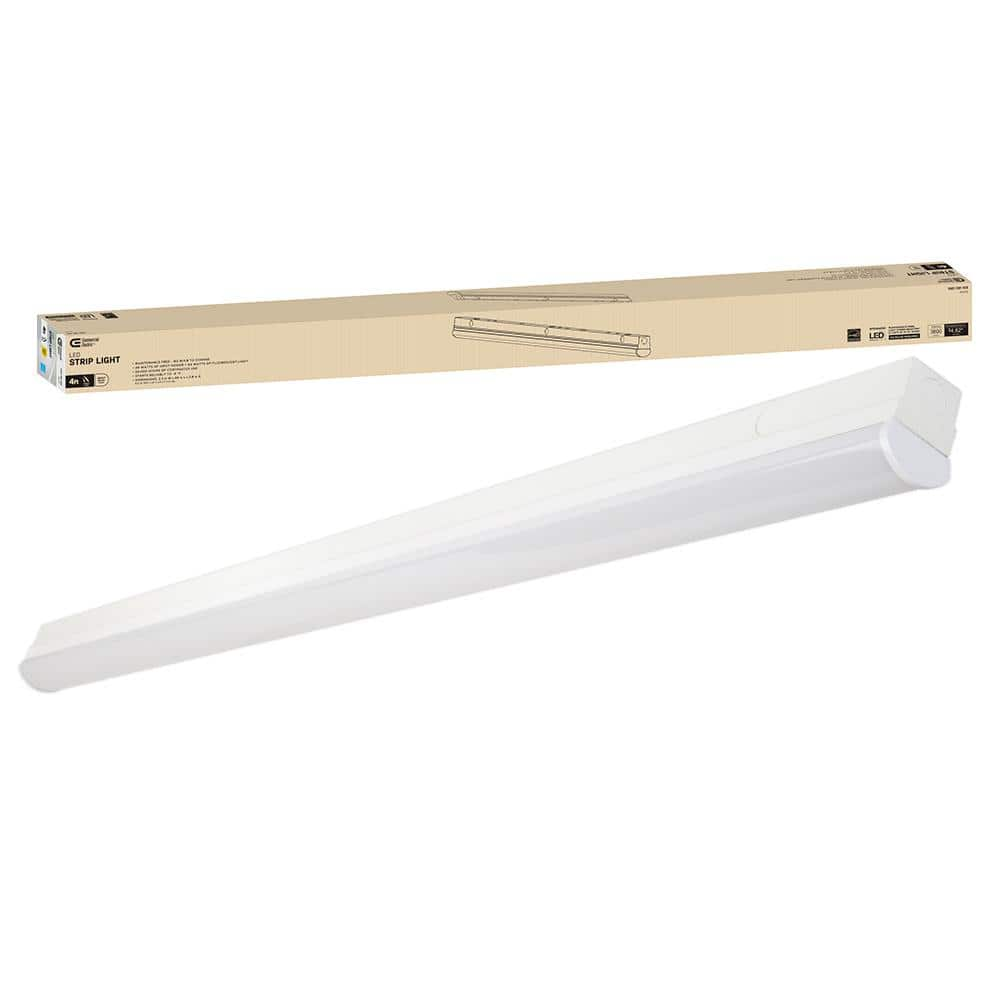
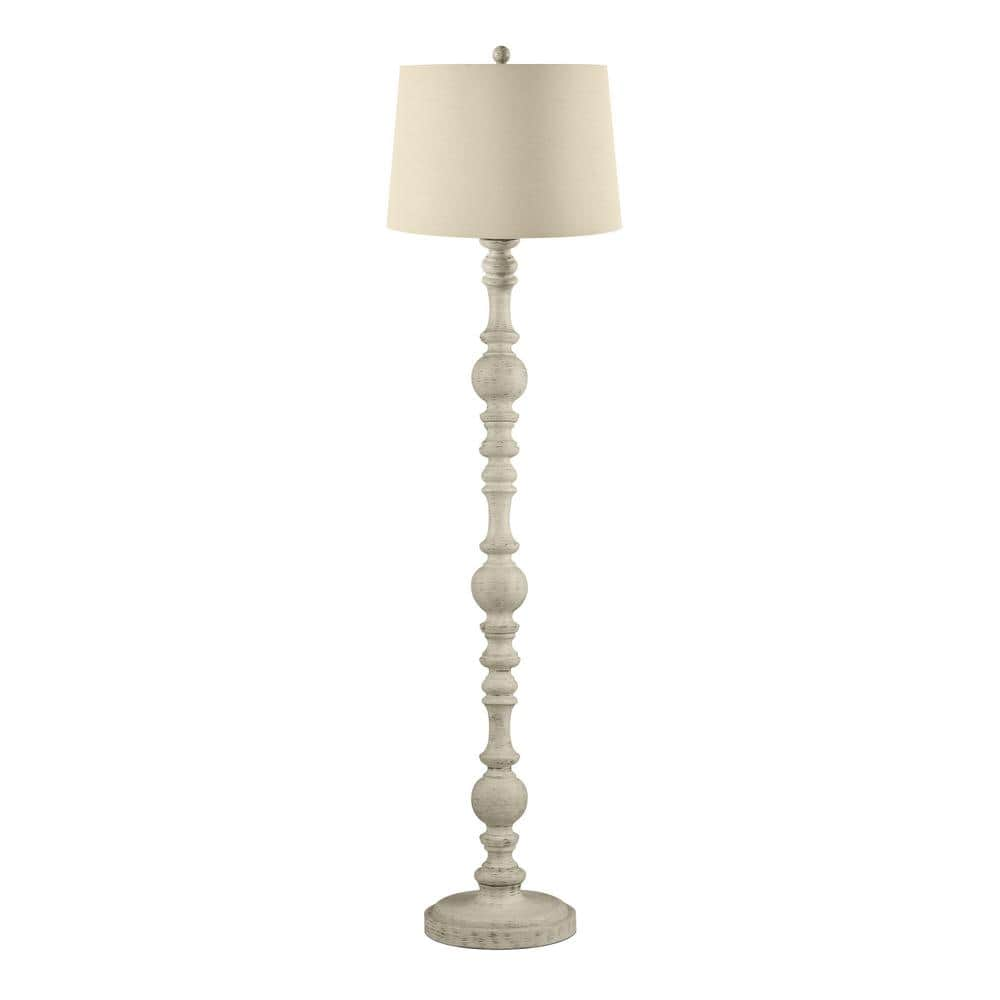
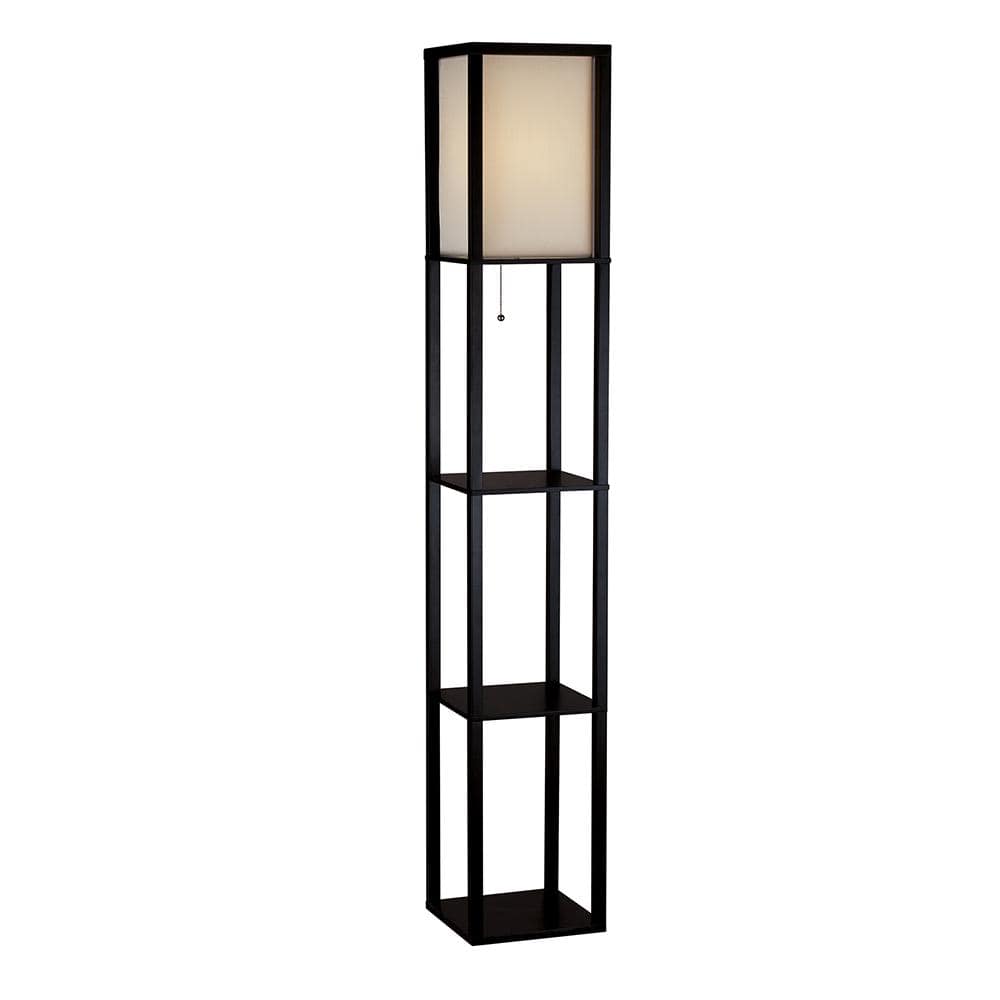
by Gern
Looks nice and very easy to install. Directions were easy to follow.
by Indy
Very bright compared to my previous one but I love the updated look it brings to the room. Super easy to install.
by Brian
Great price and super easy to install.
by Mark
Easy to install and looks great!
by Adam
First time to hang a light like this. It was slightly complicated for someone like myself but I got it done. Didn’t take too much time and it looks great!